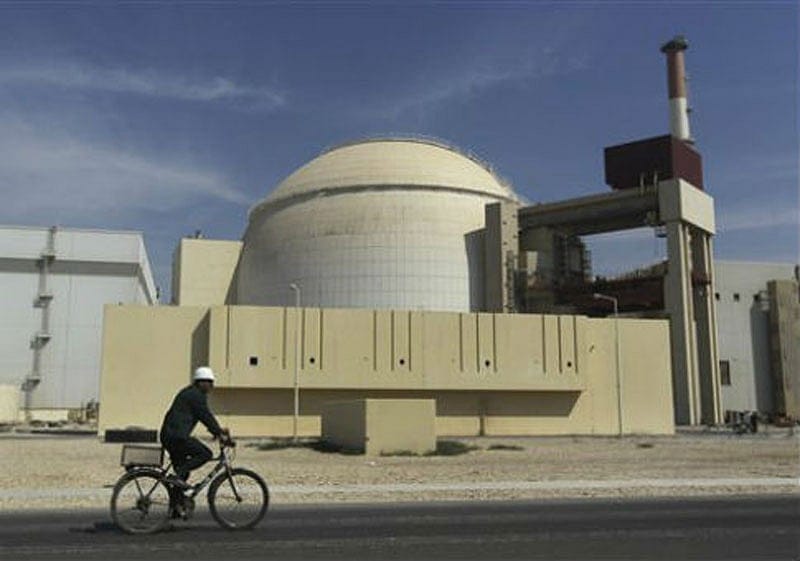China, Russia to help Iran build new nuclear facilities

(CNSNews.com) – The Iran nuclear deal calls on Tehran's negotiating partners to help develop its civil nuclear program, and longstanding allies Russia and China have wasted little time in offering to do so.
The head of Iran's atomic energy organization, Ali Akbar Salehi, said Tuesday that Iran plans to move ahead with the construction of two new nuclear power plants, with the help of China, and two others with Russian assistance.

